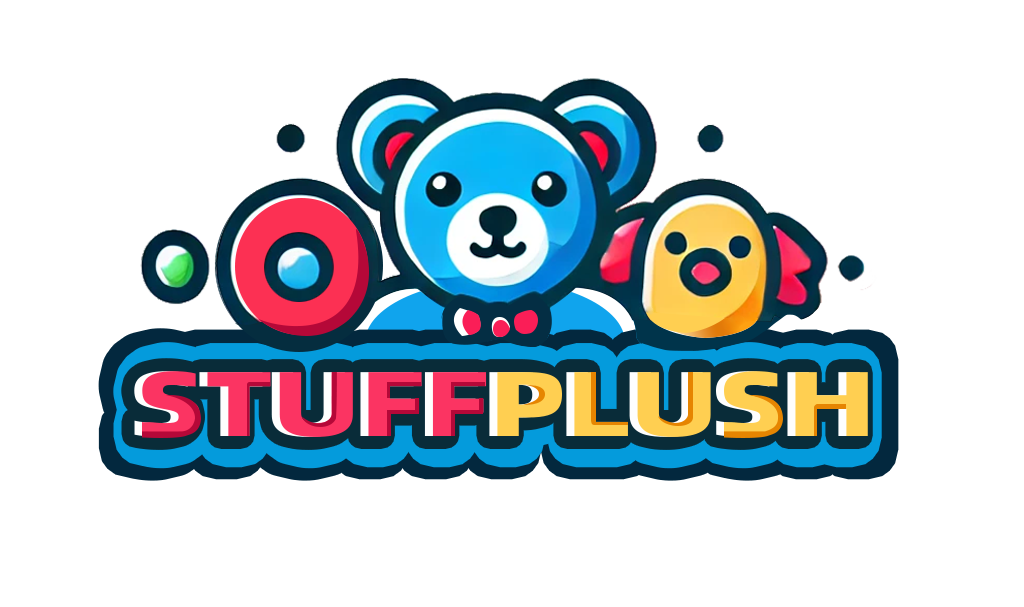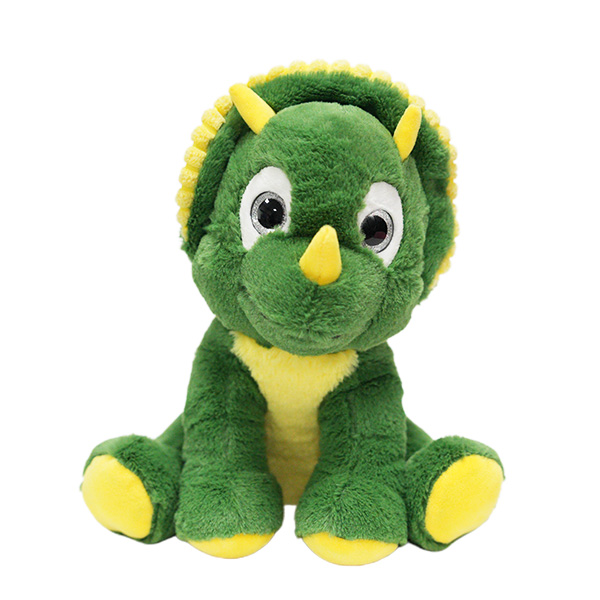Sounds toys are plush toys that make sounds. They can be childhood playmates, accompanying children as they grow up, and are a valuable early childhood education tool. Choosing the right product and using it correctly can be a great enlightenment tool for children. If you’re thinking of giving a gift to your child, a sound toy is definitely the first choice!
What are sounds toys?
As the name suggests, sounds toys interact with children through sound. They use music, animal sounds, human voices, verbal cues, mechanical sound effects, and other methods to engage children’s attention and stimulate their auditory, language, and cognitive development. These toys come in a wide variety, including early childhood education devices, animal sound books, musical building blocks, and talking plush toys. They are widely used for infant and toddler development, language learning, and sensory integration training.

Are sounds toys suitable for children?
The answer is yes. Compared to traditional static toys, sounds toys are more interactive and educational, especially for children aged 0-6. sounds toys effectively stimulate children’s auditory system, helping them establish connections between sounds and behaviors, thereby promoting language development, emotional development, and concentration.
What types of sounds toys are there?
sounds toys come in a wide variety of types, with varying functions. Common types include:
| Classification | Example | Main functions |
| Musical toys | Musical drums, piano mats, rhythm drums | Music enlightenment and rhythm training |
| Talking animal toys | Talking cat, calling duck, talking dog | Animal cognition, sound recognition, emotional interaction |
| English enlightenment toys | Chinese and English learning books | Language learning, English spelling, listening training |
| Educational sounds toys | Voice-controlled building blocks, question-answering robot | Logic training, quiz games, interactive learning |
| Soothing plush toys | Luminous and talking bear, heartbeat soothing doll | Soothe emotions and simulate an intimate environment |
| Role-playing toys | Toy telephone, kitchen sound set | Social role-playing and voice imitation |
Different types of sounds toys can be flexibly selected based on age and developmental stage.
Some style pictures of sounds toys
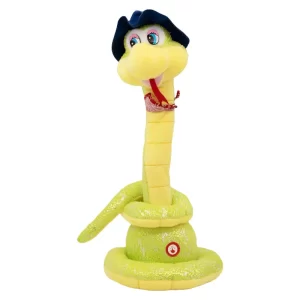
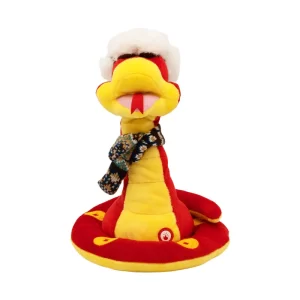

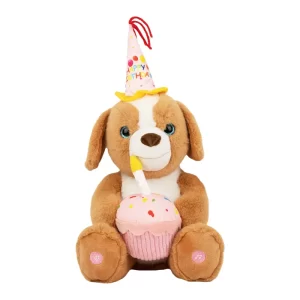
Introduction to Sound Toy Functions
Sound toys have numerous functions, including the following:
Language stimulation: Through long-term language exposure, they can help children develop English vocabulary, accumulate Chinese vocabulary, and engage in daily conversations.
Key triggering: Pressing a key produces sounds, enhancing cause-and-effect learning.
Music playback: Children’s toys typically contain a wide variety of nursery rhymes, piano music, classical music, lullabies, and more.
Sensory stimulation: Infrared and tactile sensors make toys interactive.
Lighting effects: Combining sounds and lights adds further sensory stimulation.
Recording and playback: Supports sound recording and playback, allowing you to record and play back your child’s voice to improve language expression skills.
Uses of sounds toys
Currently, sound toys are widely used and can be found in homes, kindergartens, hospitals, and other settings.
Enhancing Language Development: Soft music, including reading, pronunciation, and repetition, helps foster and stimulate children’s language development.
Effectively Soothing Emotions: Various soft music styles can help improve sleep quality, relieve anxiety, and soothe emotions.
Enhancing Social Instruction: Through simulated conversations and role-playing in various situations, children’s expressive and communication skills can be improved.
Effective Music Training: They can help cultivate a sense of pitch, a love for music, a sense of rhythm, and creativity.
Sensory Integration Training: Through various stimuli and perceptions, coordinated auditory and tactile responses are cultivated.
What age group are sounds toys suitable for?
Choosing age-appropriate sounds toys is crucial:
| Age group | Recommended toy types | Key development capabilities |
| 0-6 months | Music soothing, soft sound plush toys | Auditory perception, sense of security |
| 6-12months | Button sounds toys, music fitness rack | Causation, attention |
| 1-3 years old | Talking phone, animal sound book, nursery rhyme machine | Language enlightenment, imitation and communication skills |
| 3-6 years old | English enlightenment toys, talking books, question-answering robots | Logical expression, language learning |
| 6 years old | Programming voice toys, recording microphones | Creative expression and English output training |
How to clean sounds toys?
Different types of sound-making toys require different cleaning methods:
Plastic electronic toys: To avoid damage, gently wipe these toys with a damp cloth. Be careful not to allow water to get into the battery or speaker holes during wiping, as this may affect their function.
Plastic sound-making toys: Use surface cleaning spray or disinfectant wipes. Also, be careful not to allow water to get into the battery or speaker holes during wiping, as this may affect their function.
Waterproof sound-making toys: These toys are washable.
Non-waterproof toys: Avoid direct contact with water; wipe clean and remove the batteries before wiping.
We recommend cleaning these toys weekly, especially if children frequently touch their mouths and noses, to prevent bacterial growth.
Sound Toy FAQs
- Are sounds toystoo loud?
Sound toys shouldn’t be too loud. They’re designed with the age group of their intended audience in mind, with a volume range of 50 to 70 decibels, meeting healthy hearing standards for infants and young children. The volume can also be adjusted using a button. If parents are concerned, they can check the settings regularly to ensure they’re appropriate.
- Are sounds toyssafe? Will they damage hearing?
Sound toys are safe, harmless to hearing, and have adjustable volume for children. We pride ourselves on our dedicated quality control (QC) team, who meticulously oversee every step of the production process. Our team of experts is well-versed in the latest industry standards and adheres to rigorous testing procedures to ensure our products meet the highest quality standards.
- Do they comply with international toy safety standards (EN71, ASTM F963)?
Our plush toys are designed with safety as our top priority. For the US market, we ensure compliance with ASTM and CPS1A standards; for the EU market, we comply with EN71-1-2-3 and are CE certified.
Each toy undergoes rigorous quality inspections to ensure compliance with international safety standards. We use non-toxic materials and hypoallergenic fabrics to ensure the toys are safe for children of all ages. Eyes, noses, and other small parts are securely fastened to prevent choking hazards.
- Are the colors and patterns appealing? Are the sounds appropriate for the child’s age group?
When designing colors and patterns, we consider the visual development of different children, choosing high-contrast colors or soft tones, and avoiding stimulating patterns and tones.
The sounds should be appropriate for the child’s developmental stage. For example, monophonic, slow-paced speech or music is suitable for children aged 0-3.
- Does the English learning toy have authentic pronunciation? Does it support switching between Chinese and English?
Most mid- to high-end English learning toys on the market are recorded by professional foreign teachers, with standard, authentic pronunciation and a moderate speed. Many products support switching between Chinese and English, allowing for bilingual learning and a natural transition for children.
Conclusion
Sounds toys are more than just toys that make sounds; they are multifunctional children’s educational tools that integrate language development, cognitive development, musical cultivation, emotional soothing, and interactive entertainment. When choosing sound toys, be sure to select ones that meet safety standards, are made of safe materials, have age-appropriate features, and have adjustable volume. These products will benefit children’s auditory development and contribute to their happy growth.
